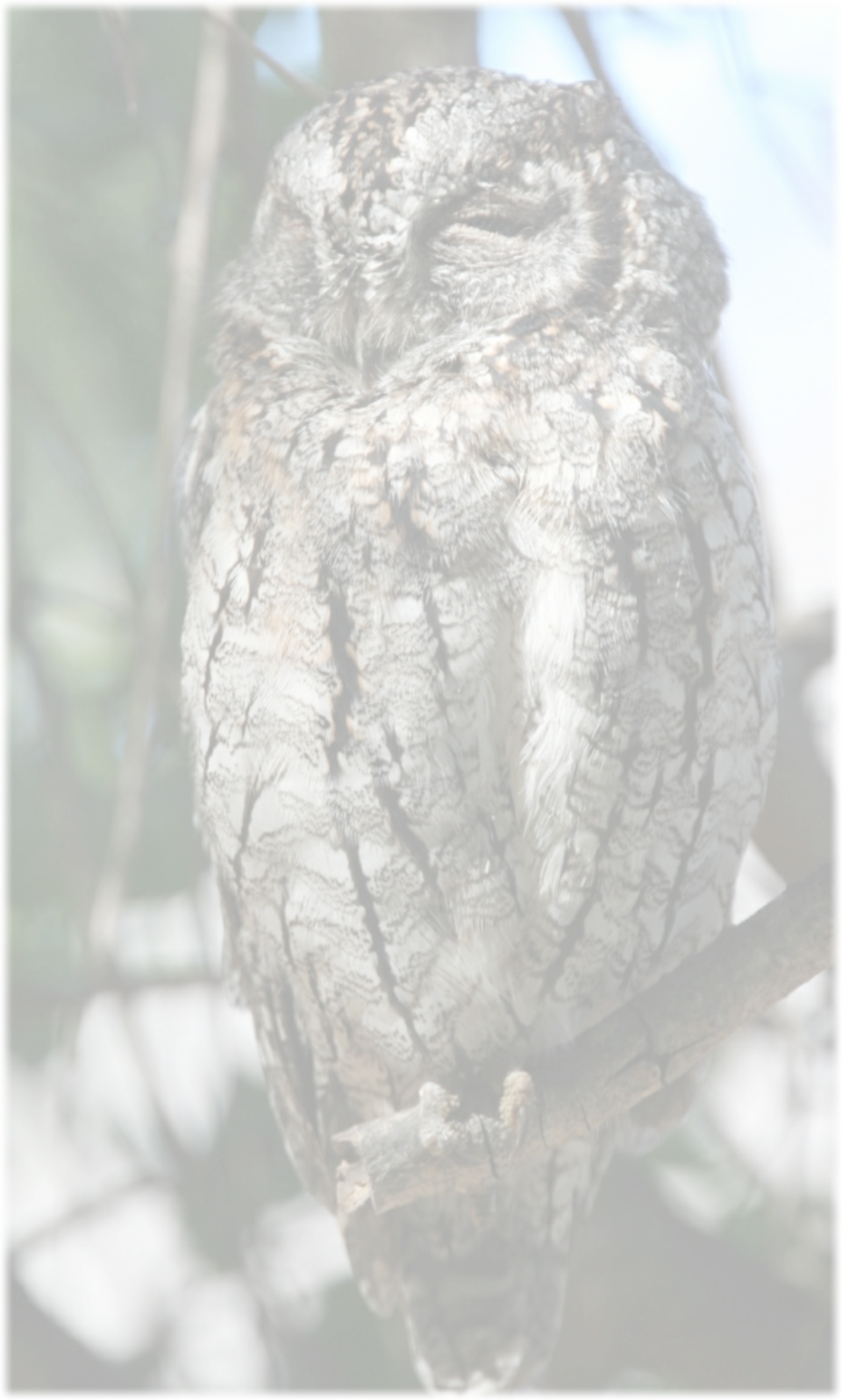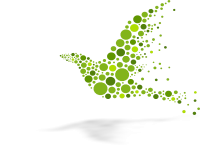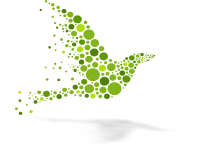


Hoedspruit
Another birding spot is Mariepskop which is a popular area to visit. The dense curry-bush thickets close
to the top are very good habitat for Crowned Eagle and Barratt’s Warbler. The Afromontane forests are
worth a full day’s birding as there are a number of species that can be seen here including Bush Blackcap,
Eastern Bronze-naped Pigeon, Lemon Dove, Black-fronted Bushshrike.
Take a boat trip on the Blyde Dam and look out for the African Finfoot, White-backed Night Heron and the
Bat Hawk.
.
Swaziland is home to more than 500 species of birds and 52 Southern African endemics and is rich in
raptors with 48 species recorded and many species are still common.
December to February is probably the best time to visit. Resident species and inter-African migrants,
such as the Cuckoos, are in full breeding plumage, which certainly helps with identifying the Weavers
and Widowbirds and it is the time when the Palaearctic migrants are present.
Magoebaskloof is a picturesque mountainous area with pristine forest patches. Beautiful forests host a
number of bird specials making it a worthwhile destination.
Specials in the area are: Yellow-streaked Greenbul, Cape Parrot, Black Cuckoo, Narina Trogan, green
Twinsport, Orange Ground Thrush, Black-fronted Bush-shrike, Buff-spotted Flufftail and the Starred Robin.
The Kruger National Park is the finest birding area in southern Africa. Kruger is situated in the North-east
of South Africa and borders Zimbabwe and Mozambique. It covers an area of more than 20 000km
2
and is
about 360km long and 60km wide which now also forms part of the Greater Limpopo Transfrontier Park
with Mozambique (Limpopo National Park) and Zimbabwe (Gonarezhou National Park).
There is a list of over 550 species of birds in the Kruger National Park and attracts a large amount of large
raptors and many other scarce and migrant species.
The months between October and March is when the bird population swells by approximately 200 migrant
species that have flown south from elsewhere in Africa and from Eurasia.
Migrants and nomads normally arrive after the first summer rains when the availability of water ensures
that food is plentiful. Most depart by the second week of April.
Late summer (January and February) is an excellent time for birding in Kruger, compensating for the poor
wildlife visibility at this time of the year. Kruger attracts a diversity of birds because it straddles so many
eco-zones.
The most rewarding birding in Kruger National Park experiences are probably on the guided wilderness
walking trails.



To make bookings or to enquire about any of the
birding tours listed above, please contact:
bookings@visitinghoedspruit.co.za
www.visitinghoedspruit.co.za
Hoedspruit
Swaziland
Magoebaskloof
Kruger National Park
Some of the best cliff birding is at the Strjidom Tunnel (Abel Erasmus Pass) just outside of Hoedspruit
on the Lydenburg road. The Taita Falcon is a very popular sighting at the tunnel. Other birds you can see
around the tunnel are European Honey Buzzard, Crowned Eagle, Peregrine Falcon, Jackal Buzzard. This is
just a few of the species that you can catch a glimpse of in this area.


Hoedspruit
Another birding spot is Mariepskop which is a
popular area to visit. The dense curry-bush thickets
close to the top are very good habitat for Crowned
Eagle and Barratt’s Warbler. The Afromontane forests
are worth a full day’s birding as there are a number
of species that can be seen here including Bush
Blackcap, Eastern Bronze-naped Pigeon, Lemon
Dove, Black-fronted Bushshrike.
Take a boat trip on the Blyde Dam and look out for
the African Finfoot, White-backed Night Heron and
the Bat Hawk.
.
Swaziland is home to more than 500 species of
birds and 52 Southern African endemics and is rich
in raptors with 48 species recorded and many
species are still common.
December to February is probably the best time to
visit. Resident species and inter-African migrants,
such as the Cuckoos, are in full breeding plumage,
which certainly helps with identifying the Weavers
and Widowbirds and it is the time when the
Palaearctic migrants are present.
Magoebaskloof is a picturesque mountainous
area with pristine forest patches. Beautiful forests
host a number of bird specials making it a
worthwhile destination.
Specials in the area are: Yellow-streaked Greenbul,
Cape Parrot, Black Cuckoo, Narina Trogan, green
Twinsport, Orange Ground Thrush, Black-fronted
Bush-shrike, Buff-spotted Flufftail and the Starred
Robin.
The Kruger National Park is the finest birding area
in southern Africa. Kruger is situated in the North-
east of South Africa and borders Zimbabwe and
Mozambique. It covers an area of more than 20
000km
2
and is about 360km long and 60km wide
which now also forms part of the Greater Limpopo
Transfrontier Park with Mozambique (Limpopo
National Park) and Zimbabwe (Gonarezhou National
Park).
There is a list of over 550 species of birds in the
Kruger National Park and attracts a large amount of
large raptors and many other scarce and migrant
species.
The months between October and March is when the
bird population swells by approximately 200 migrant
species that have flown south from elsewhere in
Africa and from Eurasia.
Migrants and nomads normally arrive after the first
summer rains when the availability of water ensures
that food is plentiful. Most depart by the second
week of April.
Late summer (January and February) is an excellent
time for birding in Kruger, compensating for the poor
wildlife visibility at this time of the year. Kruger
attracts a diversity of birds because it straddles so
many eco-zones.
The most rewarding birding in Kruger National Park
experiences are probably on the guided wilderness
walking trails.



To make bookings or to enquire
about any of the birding tours
listed above, please contact:
bookings@visitinghoedspruit.co.za
www.visitinghoedspruit.co.za
Hoedspruit
Swaziland
Magoebaskloof
Kruger National Park
Some of the best cliff birding is at the Strjidom Tunnel
(Abel Erasmus Pass) just outside of Hoedspruit on the
Lydenburg road. The Taita Falcon is a very popular
sighting at the tunnel. Other birds you can see around
the tunnel are European Honey Buzzard, Crowned Eagle,
Peregrine Falcon, Jackal Buzzard. This is just a few of the
species that you can catch a glimpse of in this area.















